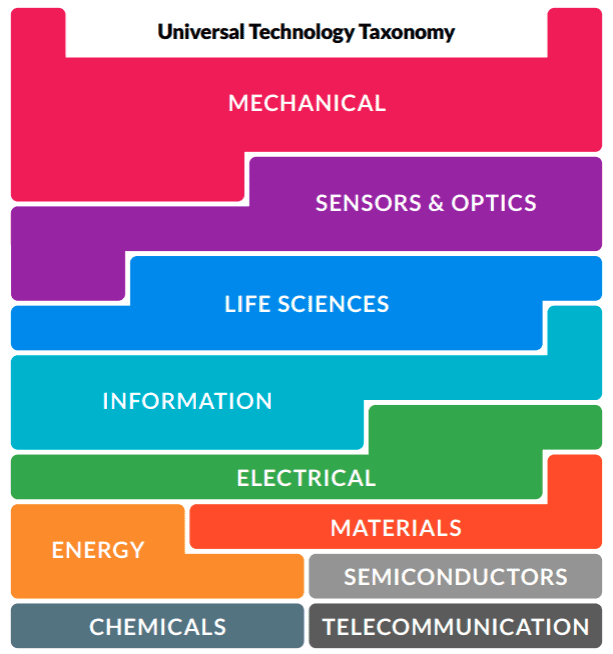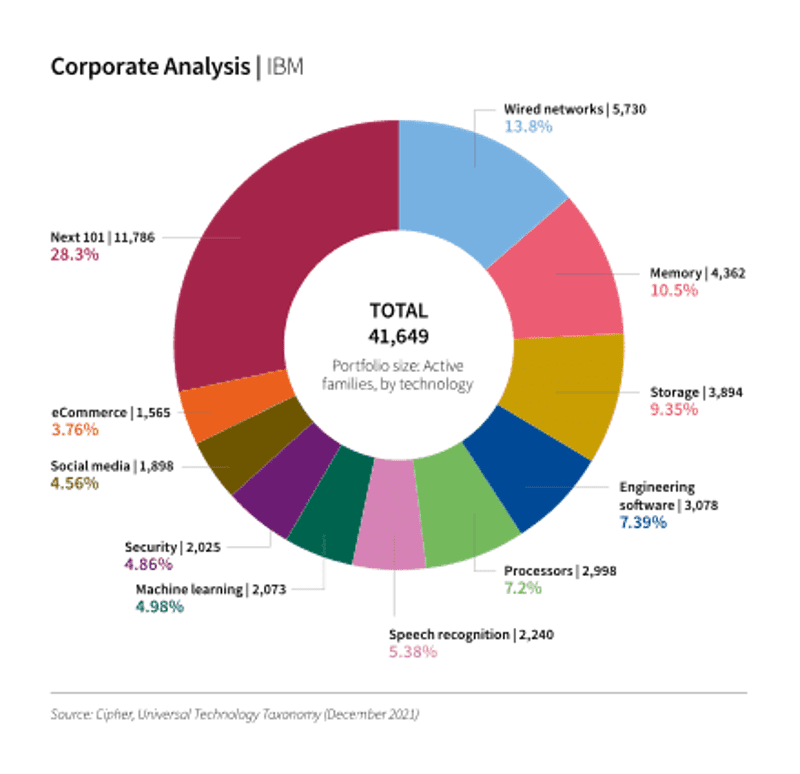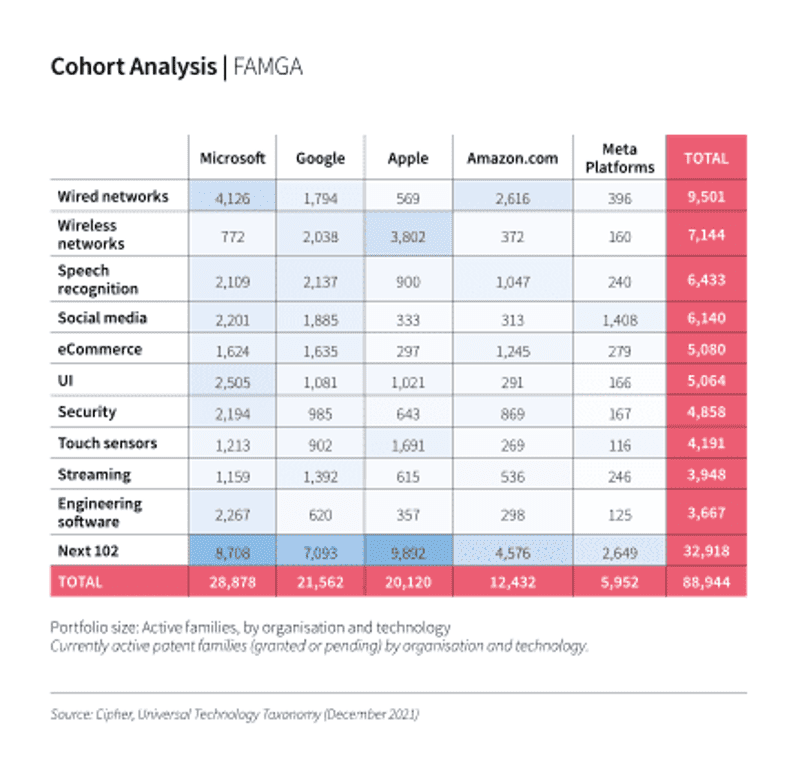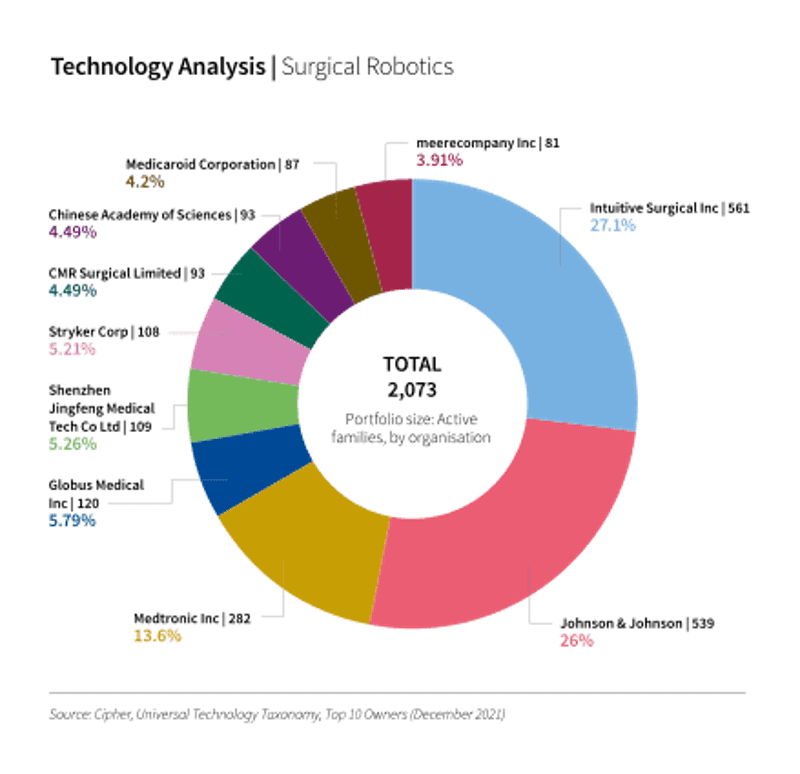
Why Cipher Created the Universal Technology Taxonomy (UTT)
How we delivered an insight into all the world’s patents at a technology level.
The background to the UTT’s creation
Classifying every patent in the world into manageable, sensible groupings would be helpful to many working in patents and intellectual property.
With this level of access and transparency, you can compare companies and technologies objectively and consistently.
The growth in a modern economy is driven by investment in innovation, and by disruptive technologies. Patents are a great way to track these new technologies.
Viewing the world through a patent lens provides insight into an underlying technology and an organization which owns it.
Is there anything that could deliver that insight into all the world’s patents at a technology level?
Don’t get fooled that CPC codes could give you this answer, there are over 300,000 of these – too many to get your head around or to provide any form of meaningful comparison.

Understanding the external environment
Cipher was asked to develop a universal solution to sorting global technology patents, and to meet these needs:
- To demonstrate global technology trends (which are key to R&D investment decisions)
- To provide fast and efficient access to benchmarking data and competitive intelligence
- Enable a rapid assessment of patent portfolios owned by operating companies and non-practicing entities (NPEs).
Our solution – the world’s first Universal Technology Taxonomy
The UTT is the first to map global patent data to a defined set of technology areas. The guiding principles that drove the design are:
- Accessibility – achieved by having a manageable number of classes
- Relevance – as the classes are constructed from active patents, with broadly similar coverage for all technologies
- Speed – responding to the issue that patent intelligence needs to be faster and more expensive to create. Cipher’s UTT results are instant.
The Universal Technology Taxonomy delivers against the need to know what’s going on from two fundamental perspectives.
- What technologies does a company own, and how do other companies compare?
- Global and regional trends relating to one or more technology areas.

More about the UTT
The UTT is organized by reference to Technology Superclasses (of which there are 10) and Sub-classes (121).
With the UTT, you can view all patented technologies by:
- A single organisation or a group of companies
- Technology trends – either globally or nationally.
The UTT also includes patent intelligence relating to:
- Size, geography, and activity
- Quality, compound annual growth rate (CAGR), or cost
- Risk – both from operating companies and from non-practising entities (NPEs)

Example 1: IBM Corporate Analysis
This sample image shows the UTT view of the technologies currently owned by IBM.
From this starting point, a user can analyze in any direction. For example, Which technology areas are growing?
Equally, the user can easily discover which areas are shrinking.

Example 2: Cohort Analysis of FAMGA
Often, the question is: ‘How do major companies in one field compare?’
The modern technology giants (Meta, Amazon, Microsoft, Google and Apple – previously known as FAMGA) can be compared when applying the UTT.
While often treated together as a benchmark, this group’s investment in new technologies is very different and indicates their separate strategies.
Featured Content
Thought leadership content for intellectual property professionals
Download the Universal Technology Taxonomy

Download the UTT to see full details of the 10 technology Superclasses and the 121 technology Sub-classes, together with definitions of their scope.




